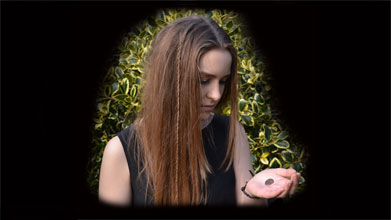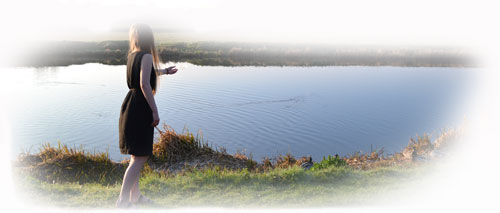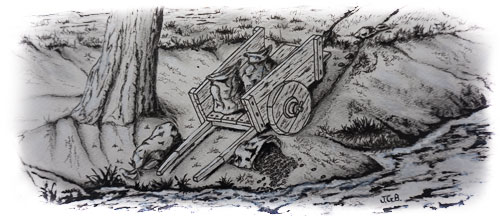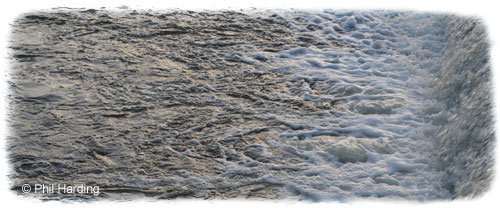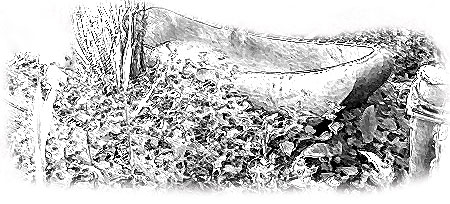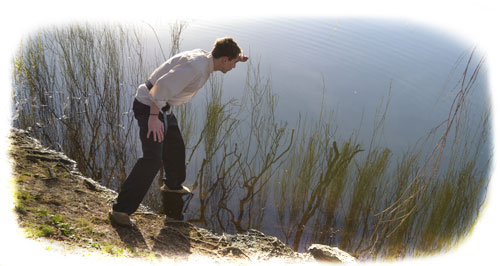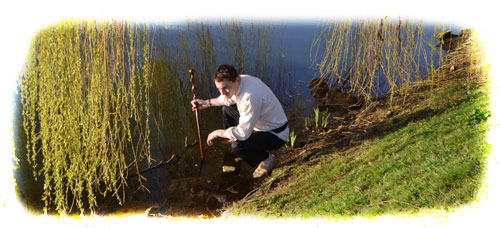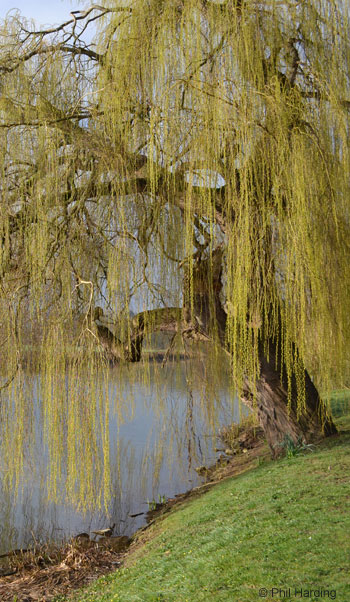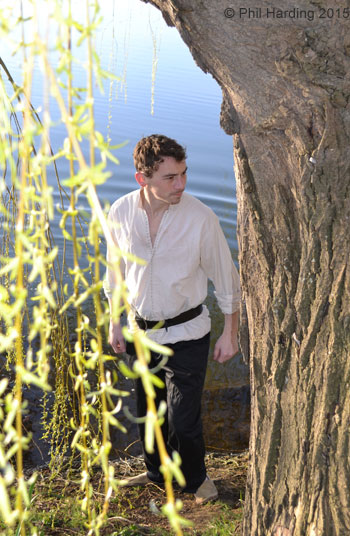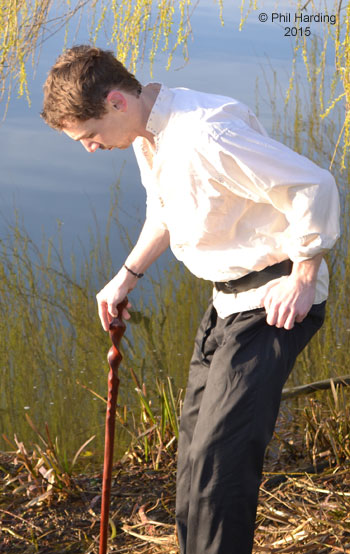|
|
|
|
SEG Home > History of Saltford > A - Z > Saltford Carthaginian Coin > Leah & the coin The History of SaltfordThe arrival of the Saltford Carthaginian CoinLeah & the coin
In the Iron Age the ford at Saltford (or "Sal-ford" - 'ford by/of the willow(s)') was probably one of only a few points where the River Avon, which was then tidal and without weirs and locks, could be easily crossed at low tide in this part of the West Country. Quite how and when the coin got to Saltford cannot be known. Very few of them have been found in southern and eastern England, and where found this has usually been near old trading routes. It is possibly the only ancient Carthaginian coin that has been found in the west of England. The corrosion and generally poor condition of the Saltford Carthaginian Coin suggests that it may have been in the river - perhaps embedded in the silt and mud - for a very long time. Certainly its condition and level of deterioration is much worse than coins found in drier locations including those purchased in the Mediterranean by coin dealers or tourists. It would be fascinating to go back in time and trace the journey of the coin from when it was first struck by a coppersmith in the western Mediterranean (probably in Sardinia or at Carthage), its initial use for trade in goods and services by Mediterranean folk, and then its journey across land and sea until it arrived in the river at Saltford. Perhaps that journey took a few weeks or months. Was the coin used as part payment for slave labour, or received as small change during the purchase of tradeable goods to be taken to ancient Britain? Let us speculate on how that coin entered the river, only to be washed up on the riverbank during a flood up to 2,300 years later. We might imagine that a young Celtic woman, let us call her Leah, either owned and lost the coin herself, or was present when it was dropped into the river by its owner. Just how might the Carthaginian Coin have got into the river in the first place?
It might have been thrown into the river by Leah, a young Celtic girl, as some sort of payment to a mythical God or Goddess for safe passage?
Perhaps it was dropped from a cart trying to cross the river at the ford when the river was in flood.
Maybe it was lost when a Mediterranean trading mission crossing the river during stormy weather was attacked by Celtic outlaws. A Mediterranean slave girl, Jaye, made her bid for freedom during the melee, was hidden and then befriended by local Celtic girl Leah.
It might have been lost in the struggle as two rival Celtic tribes fought for control of the ford, a lucrative provider of toll fees, whilst Leah watched from a safe distance.
Could it have been accidentally dropped in the water by Leah whilst wading across when a strong under-current swept her away but a passer-by dived in and saved her?
Or Leah might have been travelling on the river in her Iron Age canoe, a dug-out tree trunk. As she reached the ford her canoe hit some rocks and tipped Leah and her possessions into the water...
Was it lost by a Mediterranean trader in 300 BC on his way to see the ruins of Stonehenge?
Or lost by a seafarer in 264 BC exploring his way up the river Avon? Maybe it was paid as a toll for crossing the river by a Mediterranean trader travelling from the south coast on his way north? Perhaps a wealthy Mediterranean was swimming in the river, misjudged the depth and strong under-currents at Saltford, was swept away and drowned from the weight of the coins he was carrying... Or deliberately dropped into the river Avon as a thanksgiving for a safe crossing at the (Salt)ford by the willow trees, or even perhaps placed in a riverside shrine, since destroyed by erosion? Perhaps Leah, a local slave girl, collected the thanksgiving coins that had been thrown in the river for her owner to then use to trade for goods but she missed this one... More recently, perhaps it was purchased in a Mediterranean town market by a tourist from Saltford, say, 10, 50, or even 100 years ago who then lost the coin from a pocket while walking along the River Avon. Why do YOU think the coin was in the River Avon at Saltford..?~ Images/photographs of Leah & Jaye
|
Other relevant pages:-Timeline:
(Back to 'The Saltford Carthaginian Coin') (Back to 'The History of Saltford')
Copyright information concerning the use
|

© Julian Balsdon 2015

